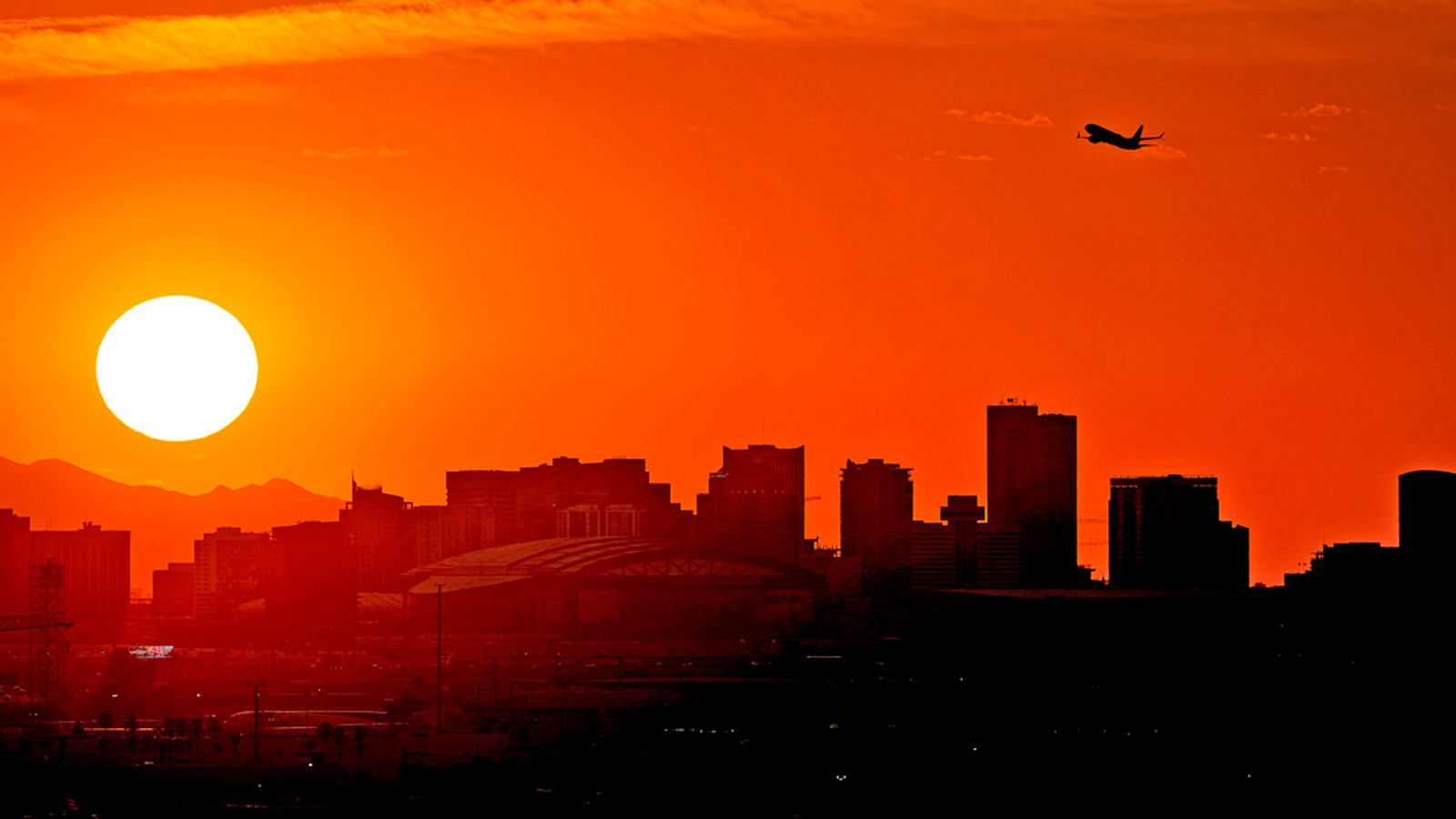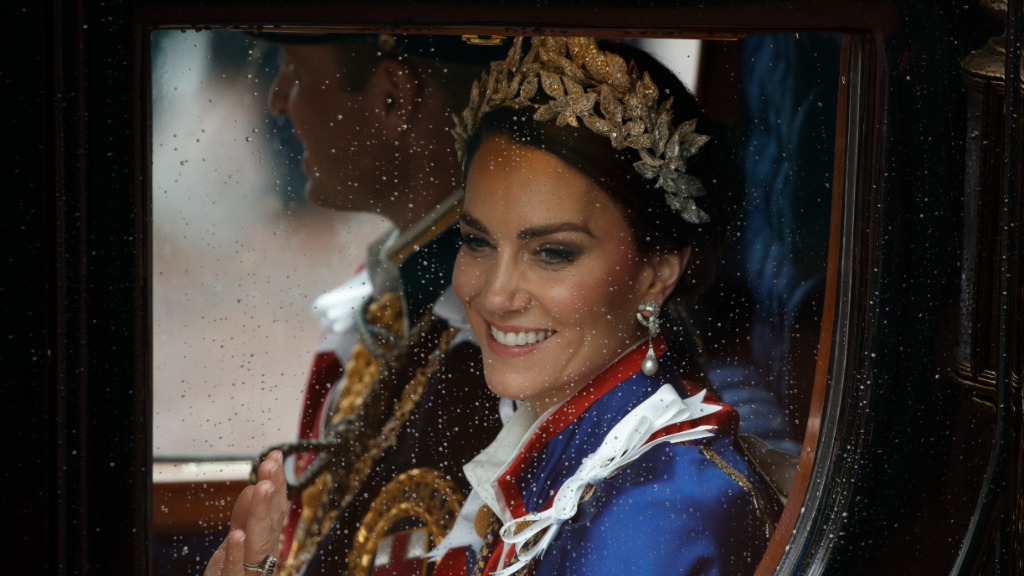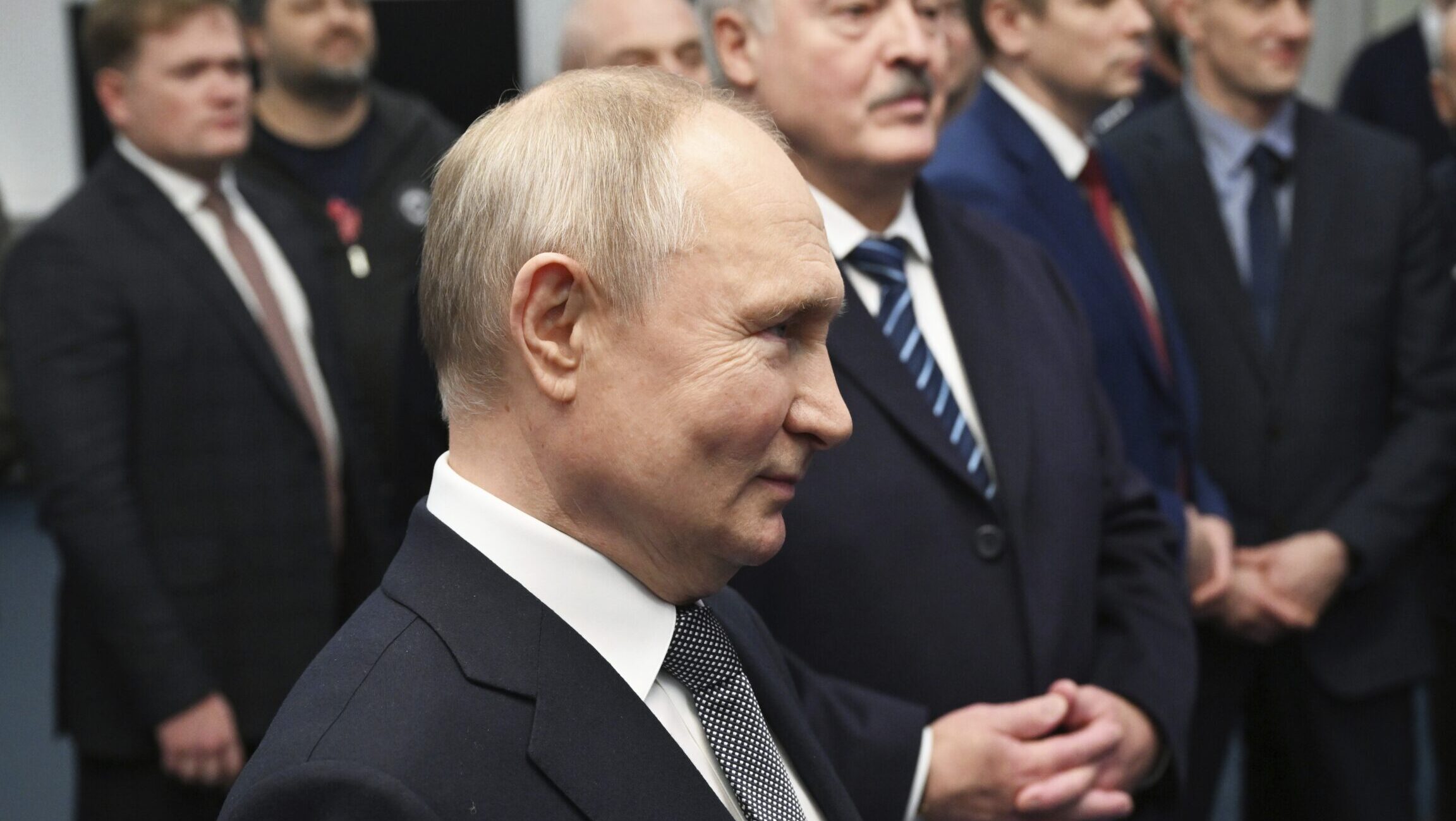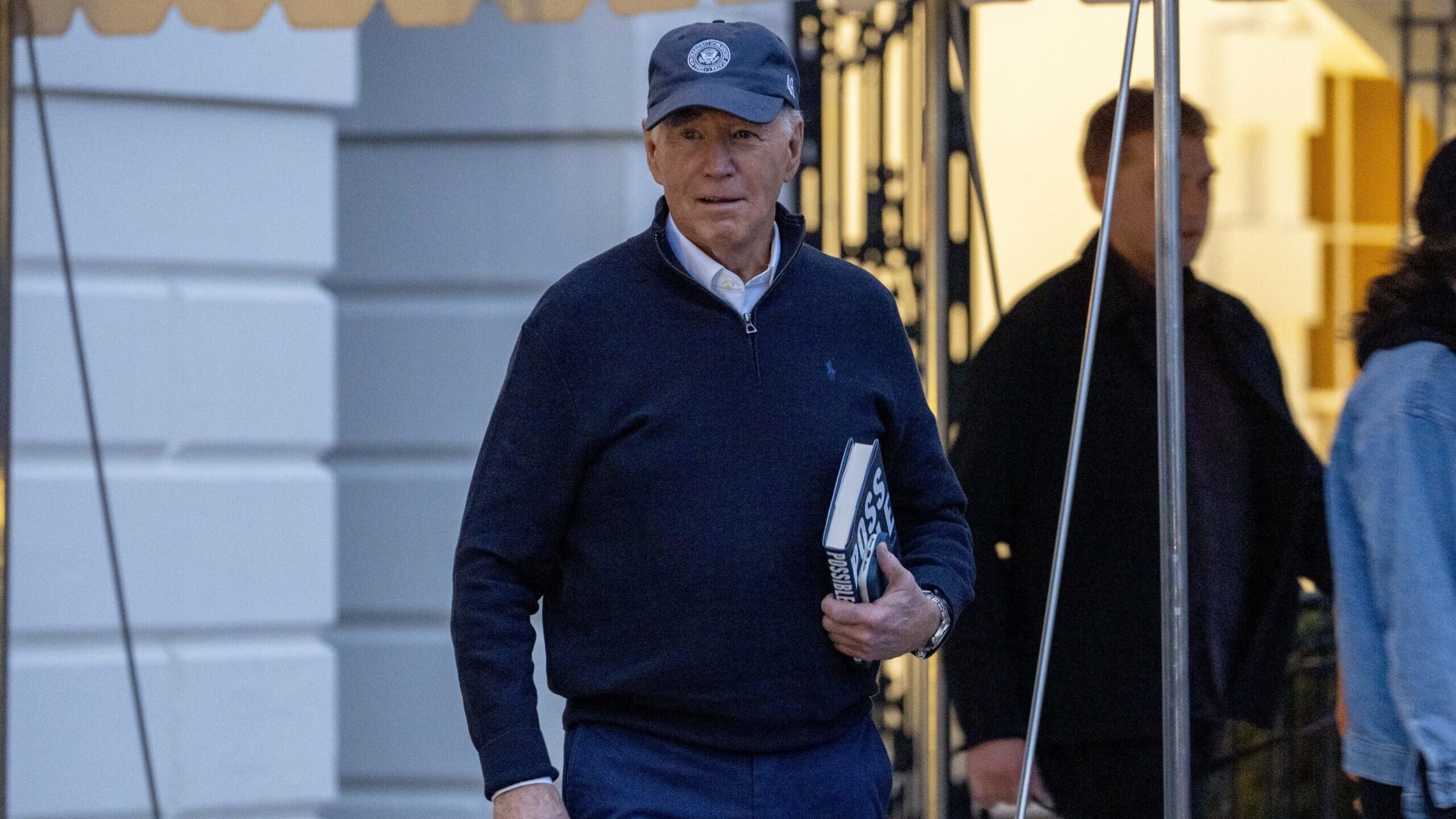Cold War-famed U-2 spy planes keep watch on NKorea
Feb 29, 2012, 4:45 PM
Associated Press
OSAN AIR BASE, South Korea (AP) – As a sleek black U-2 roared back from a mission, Pontiac muscle cars zoomed along the runway to help it touch down using a low-tech method dating back more than half a century to when this Cold War-era aircraft was cutting-edge.
“It’s notorious for being hard to land,” the pilot said after climbing out of the cockpit.
But the legendary U-2 “Dragon Lady” remains one of Washington’s most prized possessions on the Cold War’s last hot front. Pumped up by a $1 billion overhaul, a trio of these piloted aircraft are proving they can still compete with the most futuristic drones on a crucial mission: spying on North Korea.
For more than 35 years, the U-2 has been one of Washington’s most reliable windows into military movements inside the secretive nation. Unlike satellites, they can be redirected at short notice to loiter over target areas. Last month, the U.S. Air Force postponed at least until 2020 any plans to replace them with costlier, unmanned Global Hawks.
As the world watches for signs of instability during North Korea’s transition to a new leadership, the U-2 operations are as important _ or more so _ than ever.
The Korean peninsula’s precarious peace was underscored this month, when North Korea, angry over South Korean artillery drills and joint maneuvers with the U.S., warned it was prepared for “total war” and “merciless retaliatory strikes” if necessary. The rhetoric did not mention the U-2s, but North Korea has frequently slammed their spy missions as belligerent.
Other than complain, however, it can do little to stop the flights.
Three of the long-winged, glider-like aircraft are deployed to Osan Air Base in South Korea, just 50 miles (80 kilometers) from the border. The Air Force refuses to comment on where they go, but, in a rare interview and tour of operations, the squadron commander told The Associated Press that U-2 missions are generally flown out of Osan every day.
“We are the tripwire, the eyes and ears of Korea,” he said on condition he be identified for security reasons only by his rank and first name, Lt. Col. Deric. “Our extreme high altitude and intelligence capabilities make us extremely sought after.”
Formerly flown by the CIA, the U-2 became a Cold War icon during the international drama following the Soviet Union’s capture of pilot Francis Gary Powers in 1960. The program has since shifted to the Air Force, but it’s still hush-hush. The pilots’ full names are secret.
More than half of North Korea’s 1.2 million-man army is believed to be stationed south of Pyongyang, the North Korean capital, and the U-2 flights can provide a detailed picture of troop movements, fortifications and any other signs of potential trouble north of the DMZ.
The United States, which signed a truce with North Korea in 1953 to end three years of fighting, keeps more than 28,000 troops in South Korea.
North Korea has cited the U.S. military presence on Korean soil as a key reason behind its drive to build nuclear weapons and has said the planes prove the U.S. is plotting another war. Amid high tensions two years ago, it said the use of the U-2 showed how “hell-bent” the U.S. is on spying on its military facilities.
Osan squadron pilots fly once every four days on missions of up to 12 hours.
The U-2 flies at altitudes of more than 70,000 feet (21,300 meters) _ double the height of a typical commercial jetliner. That makes it nearly impossible to intercept or track and gives it the ability to peer down on a broader target area than a lower-flying aircraft.
But at that height, the pilots are vulnerable to altitude sickness and must wear spacesuits and astronaut-style fishbowl helmets. An hour before taking off, they are put on a regimen of pure oxygen to reduce the amount of nitrogen in their blood.
In a worst case scenario, a pilot’s blood could actually boil at peak altitude.
Pureed, meal-in-a-tube versions of everything from sloppy Joes to apple pie are supplied to the pilots, but must be sucked out of straws.
“Our main concerns are hydration and decompression sickness,” said the pilot who made the landing during the tour and who asked to be identified only as Maj. Carl. “It’s extremely hard to fly.”
To make the plane lighter, and thus able to fly higher, two “pogos” _ wheel gear fixed to either wing _ automatically detach when it roars off the runway, meaning that when it comes back down the pilot must land on only two sets of wheels along the fuselage.
At Osan, U-2 pilots in white Pontiac G8 “chase cars” race down the runway at speeds of more than 120 miles per hour (200 kph) to meet each landing and guide the pilot down.
They estimate the plane’s distance from the ground in feet and radio that to the pilot _ “Five … five … four … three … three” _ until the plane is brought to a stall with about two feet (less than a meter) to go and essentially drops down to the ground.
The Air Force has 31 U-2s in active duty. NASA operates two more.
Though detachments are also located in Cyprus and southwest Asia, the key role it plays in monitoring North Korea is keeping the legendary plane from the chopping block.
The plane, which took crucial photos of the Soviet buildup that touched off the Cuban missile crisis in 1962, has proven to be surprisingly versatile. The Air Force has given it a $1.7 billion makeover since 1994, transforming it into an essentially new aircraft in all but name.
Its sensors can function day or night in any weather. The data it gleans can be relayed via satellite link in near real-time to troops on the ground.
“Most of the aircraft are really quite young,” the U-2 commander said. “The ones we are flying here are from the 1980s. They have been re-engined, rewired, new cockpits, advanced avionics. Of course, the sensors are continuously being updated. This airplane is cutting edge, absolutely.”
Still, the Air Force had hinted for years that the U-2’s days are numbered.
It was scheduled to be phased out by 2015 in favor of the Global Hawk, which was used extensively in Iraq and Afghanistan. But the U-2 gained a reprieve last month, when the Air Force decided that replacing it with the drone would be too expensive.
Aviation analyst Loren Thompson, of the Arlington, Virginia-based Lexington Institute, said retaining the U-2 indicates the Air Force is more concerned with North Korea _ and cost-saving _ than monitoring areas farther away.
With no pilots to swap out, the Global Hawk can fly at altitudes of 60,000 feet (18,300 meters) for much longer-range missions than the U-2 _ more than 32 hours at a time. That is important as China’s military growth is changing the balance of power across the region.
“U-2 is very well suited to U.S. needs on the Korean peninsula, and the consequences of losing Global Hawk there will be minimal,” he said. “The loss is more serious across the broad expanses of the Western Pacific, where the tyranny of distance makes long range and endurance especially valuable.”
(Copyright 2012 The Associated Press. All rights reserved. This material may not be published, broadcast, rewritten or redistributed.)









